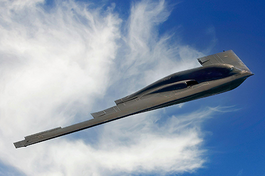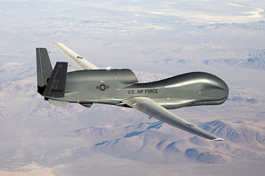Showing 1 - 8 of 8

Rugged CameraLink using Xilinx Kintex-7 FPGA
Curtiss-Wright was recently challenged to provide a direct CameraLink interface to a Kintex-7 FPGA without the need for ChannelLink transceivers, thereby allowing an existing “generic” digital FPGA solution to be used. Read about the solution we developed.
12/20/2017
How Does the FMC (FPGA Mezzanine Card) Standard Measure up Against the PMC/XMC Format White Paper
Interest in reconfigurable embedded computing in the defense and aerospace market has grown significantly as new generations of FPGAs present developers with a level of processing performance and potential I/O bandwidth that cannot easily be matched by conventional CPU configurations.






